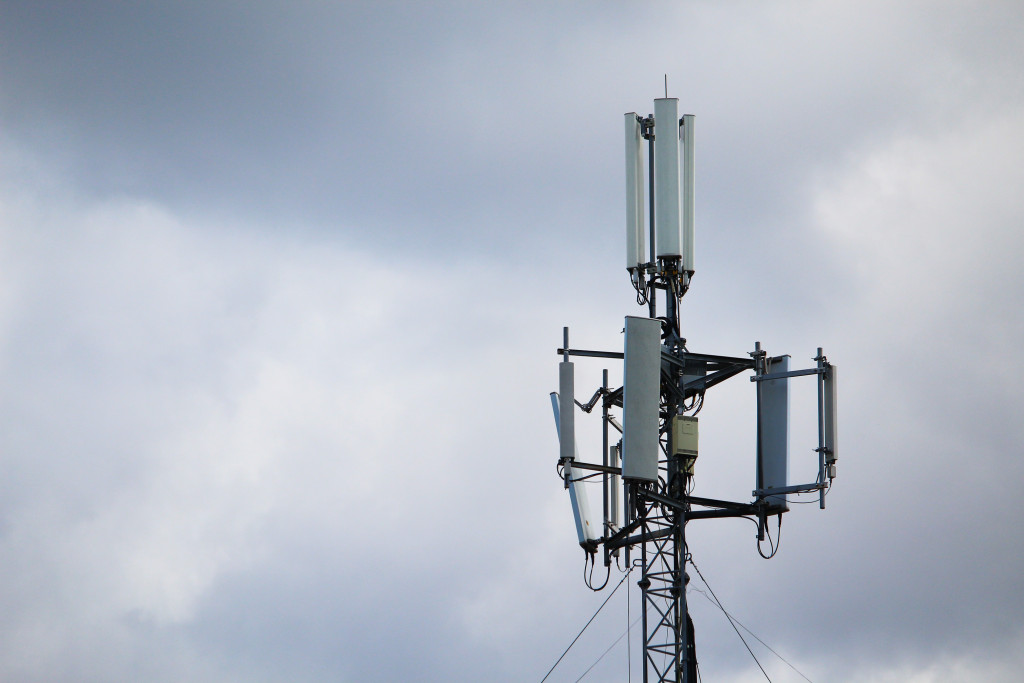There’s much ado about 5G lately, but does it really mean nothing? The answer is no. Almost every tech that knows it will tell that it could be the future of connectivity and mobility, making it a central part of the development and innovation of many industries.
What Is 5G?
5G is the fifth generation of cellular networks. It stands for 5th-generation and also refers to the generation following 4G/LTE. With it, mobile users can download movies in a matter of seconds than minutes. But its benefits are more prominent in industrial applications:
• Faster Download Speeds: 5G can provide download speeds up to 20 times faster than 4G.
• Overall Enhanced Mobile Experience: 5G can reduce your data usage by up to 50 percent, thanks to advanced compression algorithms.
• Improved Network Responsiveness and Stability: 5G makes heavy use of software-defined networking (SDN) technology, which controls the entire network via virtualization rather than physical hardware. This allows for the faster development of new features like self-optimizing networks (SON).
• Lower Latency: The average latency rate with 5G is ten times lower than that of 4G. Latency refers to the time it takes for packets of information to travel from one point to another in a networked system. Latency significantly impacts machine-to-machine (M2M) communication, so low latency will be particularly beneficial in industrial settings.
• Massive Connectivity: The number of connected devices with 5G is expected to be much higher than 4G due to low-power wide-area (LPWA) technology. A single base station will allow for up to 100,000 different devices to connect simultaneously.
• Enhanced Security: Compared to 4G networks, 5G offers better encryption and authentication technologies that protect your network from external attacks.
• Faster Response Time: Thanks to reduced latency rates, data that needs a response can be collected and sent back much more quickly on a 5G network. This is especially important in industrial settings where taking action based on new information rapid responses from machines are vital.
• Futureproof: Higher frequency bands available on 5G networks mean less signal interference than 4G. This makes it ideal for use in long-term projects where network availability is crucial.

• Intelligent Automation: M2M communication will be enhanced by features like self-optimizing networks (SON) and dynamic spectrum management. This allows operators to dynamically allocate bandwidth according to the need for prioritizing mission-critical services at different times.
• New Business Models: Businesses utilizing the Internet of things (IoT) will benefit from new types of connectivity and edge applications that make use of 5G’s low latency.
• High-Resolution Immersive Experiences: On a 5G network, less data is needed to render virtual-reality (VR) and augmented reality (AR) experiences than 4G. This means lower costs while maintaining high-quality visuals and sound.
• Higher Throughput: Improvements in bandwidth mean better performance at range and full mobility within your home or office connection.
• High-Frequency Spectrum: 5G will use higher frequencies than 4G, which means less chance of signal interference. Even better, a BAW filter manufacturer can create a radiofrequency (RF) filter that helps block unwanted signals, making the bandwidth more efficient. This makes it ideal for use in densely populated areas with many competing wireless connections.
The Role of 5G in Industries
5G will transform industries with smart factories, self-driving cars, and tools for remote medical care and speed up information access and delivery.
Data transmitted at lightning speeds is needed for:
1. Transport Improvement
The days of bumbling around in traffic could soon be a thing of the past thanks to 5G capabilities. It’s estimated that 95 percent of cars on the road today will still be running by 2030, so communications are essential for incident reporting, emergency-response teams monitoring traffic patterns to guide drivers away from dangerous situations, warnings about slippery roads, or dangerous weather conditions coming up ahead, car-to-car communication so vehicles can take action to avoid crashes before the driver knows what’s happened and more.
5G capabilities could also speed up infrastructure upgrades like mass transit improvements and smart traffic lights, so people spend less time stuck in gridlock.
2. Connected Devices
Connected devices include smartphones, tablets, wearables like fitness trackers and smartwatches, household appliances like refrigerators and washers/dryers, and even your TV.
Smart homes will be made possible by 5G because the technology enables smart appliances to work together for greater energy saving and safety.
The future of smart homes is all about connectivity – how we connect to our homes while we’re away and how we control them when we’re there so that they run flawlessly and efficiently. Further, the IoT means all of our devices can communicate with each other.
5G is a technology that still comes with challenges. It is not immune to cyberattacks, for example, and many places cannot adopt it. But it’s also in its infancy, so to speak. It will only get better, giving industries more opportunities to maximize tech for their growth.
